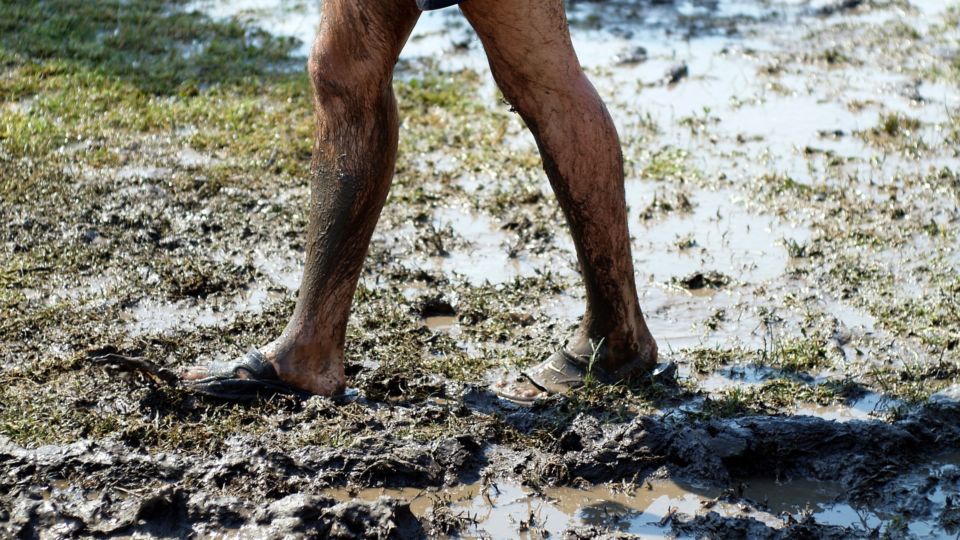Hong Kong’s Centre for Health Protection has warned of a steep rise in the number of melioidosis cases this year and appealed to the public to be more vigilant and maintain personal hygiene.
The center said on Wednesday that the Hospital Authority has recorded 15 melioidosis cases from August to October, adding to a total of 29 melioidosis cases reported in Hong Kong this year. They involve 21 males and eight females, aged 42 to 93 years.
That’s a lot higher than the three to 17 cases recorded each year between 2017 and 2021.
Twenty of this year’s cases involve residents of Sham Shui Po and the other patients live in Kwun Tong, Wong Tai Sin, Sai Kung, Kwai Tsing, Eastern District and Yau Tsim Mong.
Six have passed away from the disease this year: four males and two females aged 54 to 93 years. Five of them had underlying diseases.
Nineteen patients have been discharged, while four patients are still hospitalized.
The center added that, of the 15 cases detected in the past few months, initial epidemiological investigations from the center revealed that most patients had underlying diseases and were immunocompromised. They had not visited any places in common.
As the relevant patients all live in Sham Shui Po, the center has conducted investigations and collected relevant environmental samples in the area, and all samples tested negative for melioidosis.
Melioidosis, which is prevalent in Southeast Asia and Northern Australia, is a disease caused by the bacterium Burkholderia pseudomallei. This bacterium is widespread in soils and muddy water and is particularly common in moist clay soils.
Humans can become infected through contact with contaminated soil and surface waters (especially through skin abrasions or wounds), inhalation of contaminated dust or water droplets and ingestion of contaminated water. Person-to-person transmission is rare but may occur through contact with the blood or body fluids of an infected person.
Depending on the site of infection, common symptoms of melioidosis include fever, headache, localized pain or swelling, ulceration, chest pain, cough, hemoptysis, and swelling of regional lymph nodes. Members of the public should seek medical advice promptly if they develop symptoms.
People with underlying diseases including diabetes, lung disease, liver disease, renal disease, cancer, or immunosuppression have higher risks of contracting the disease.
Its mortality rate ranges from around 40 to 75 percent.
Melioidosis can be treated with antibiotics.
The centre said that infection cases are more common after typhoons or storms as the bacterium Burkholderia pseudomallei in upturned soil and muddy water may become exposed, allowing spread easier with strong winds and storms. As such, the number of melioidosis cases may increase.
It reminded members of the public, especially high risk groups such as people with underlying diseases, to avoid contact with soil or muddy water after storms and heavy rain to prevent melioidosis infection.
It also recommended the following preventive measures against infection:
Avoid contact with contaminated soil;
Wear appropriate protective clothing or footwear when participating in activities with possible contact with soil or water, e.g. use gloves and wear boots;
Wash or shower after exposure to contaminated water or soil;
Always clean any wounds as soon as possible and cover any cuts or grazes with waterproof dressings;
Wash hands with liquid soap and water after handling soils or gardening;
Observe food hygiene and avoid drinking raw water; and
Travelers can contract the disease through outdoor water sports. Risk of infection can be minimized by avoiding exposure to water sources (such as rivers, ponds or lakes) that might be contaminated.




